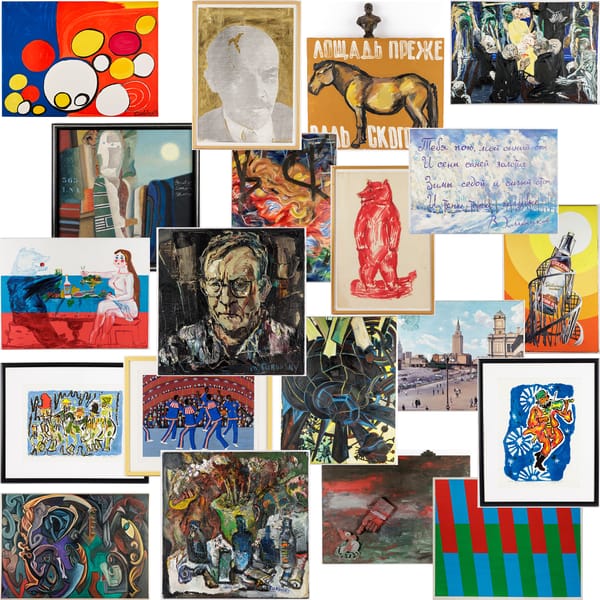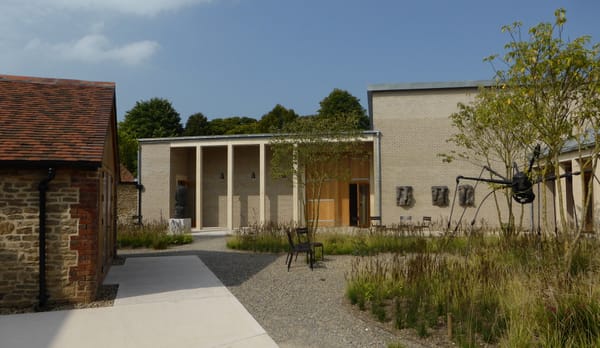Art Collaboration Kyoto 2024: Redefining Art Fairs Through Global Collaboration and Kyoto’s Cultural Heritage
Art Collaboration Kyoto 2024 showcased a unique blend of tradition and innovation, uniting international and local galleries in Kyoto’s historic setting for an immersive cultural experience that sets a new standard for art fairs.
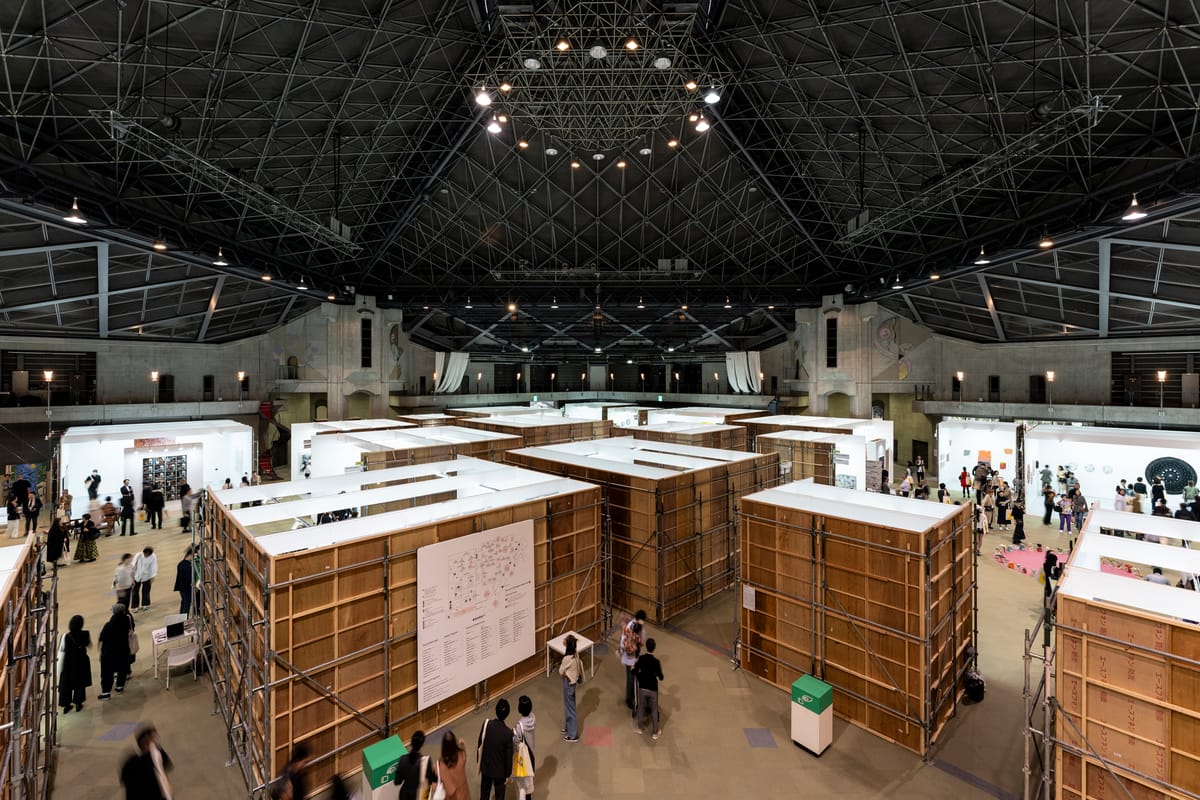
If there’s a place where time feels like it pauses, yet vibrantly pulses with contemporary creativity, it’s Kyoto. This past week, Art Collaboration Kyoto (ACK) proved that point once again, drawing art enthusiasts from around the world into the city’s deep-rooted cultural heritage while showcasing cutting-edge artistry from every corner of the globe.
Now in its fourth year, ACK unfolded over four dynamic days, hosting visitors from 18 countries and 24 cities at the Kyoto International Conference Center. With its unique collaborative model—pairing Japan-based galleries with international counterparts—the fair fostered rich, cross-cultural dialogues and saw its largest, most diverse turnout yet. Thirty-three galleries exhibited for the first time, signaling growing interest in ACK’s distinctive format and collaborative spirit.
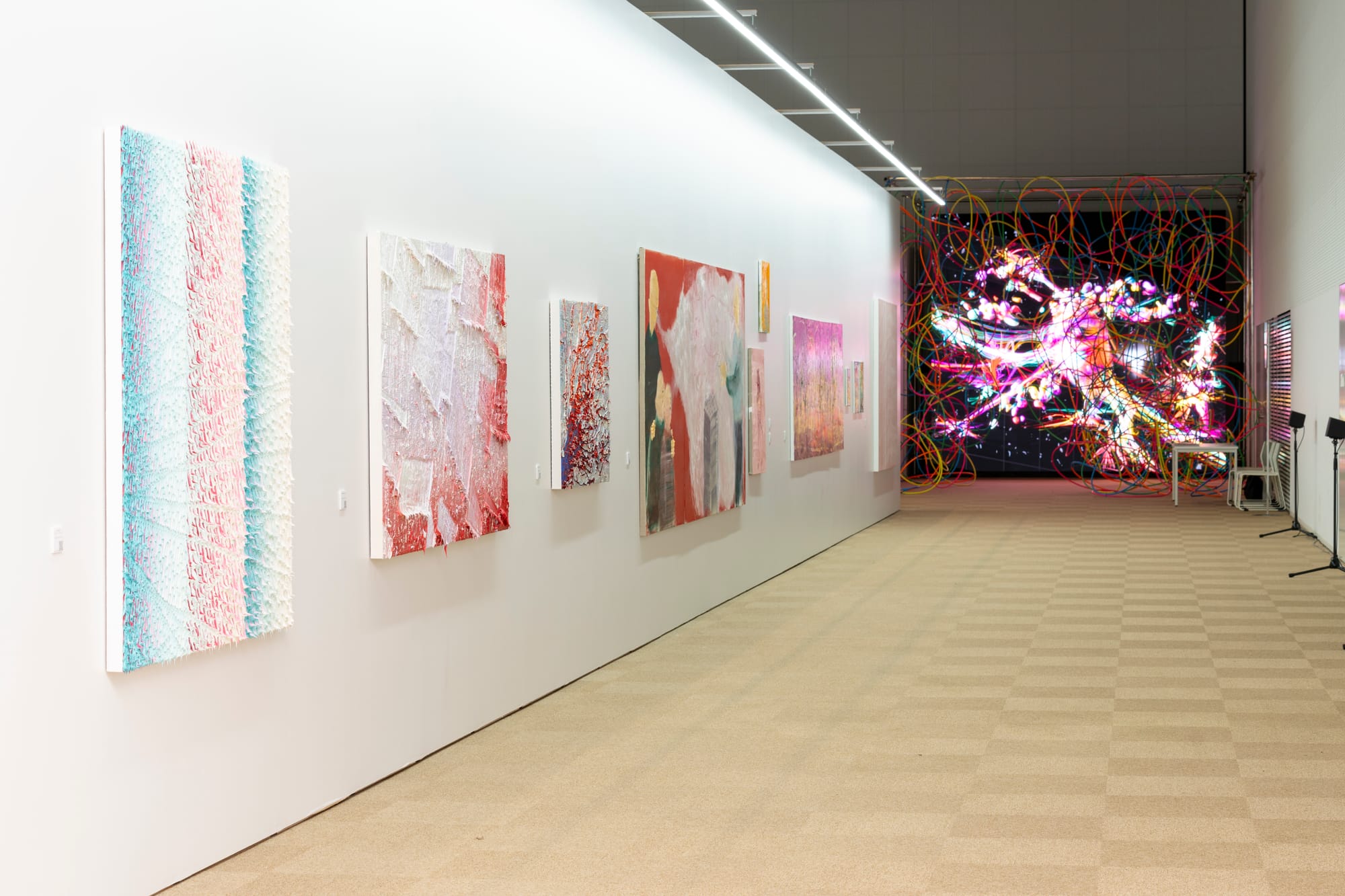
Collaborative Art in the Heart of Kyoto
Walking through ACK, it’s immediately clear that this is no ordinary art fair. ACK’s “Gallery Collaborations” section breaks away from isolated booths, instead merging two worlds in a shared space, creating an environment of visual dialogue and mutual discovery. For instance, Tokyo’s Mitochu Koeki Co. and London’s Annely Juda Fine Art joined forces to reveal the fascinating connections between early 20th-century theorist Kazimir Malevich and contemporary Japanese ceramicist Raku Jikinyü XV. Other standout collaborations included Taro Nasu (Tokyo) and Matthew Marks (New York), presenting a compelling mix of avant-garde pieces by artists like Simone Leigh and Pierre Huyghe.
The result was more than a display—it felt like an immersive conversation, carefully curated and mutually enriching. Each pairing allowed audiences to experience cross-cultural insights, highlighting ACK’s dedication to fostering a truly collaborative art experience.
"Art Collaboration Kyoto is redefining what an art fair can be. By merging international and local galleries in shared spaces, ACK has crafted a unique platform where cultural dialogues unfold naturally, and each booth becomes a conversation. The impact of this collaborative model is profound—viewers aren’t just observing art; they’re experiencing a fusion of global and local perspectives that truly resonates within Kyoto’s storied setting."
— Panu Syrjämäki, Editor of Art Walkway
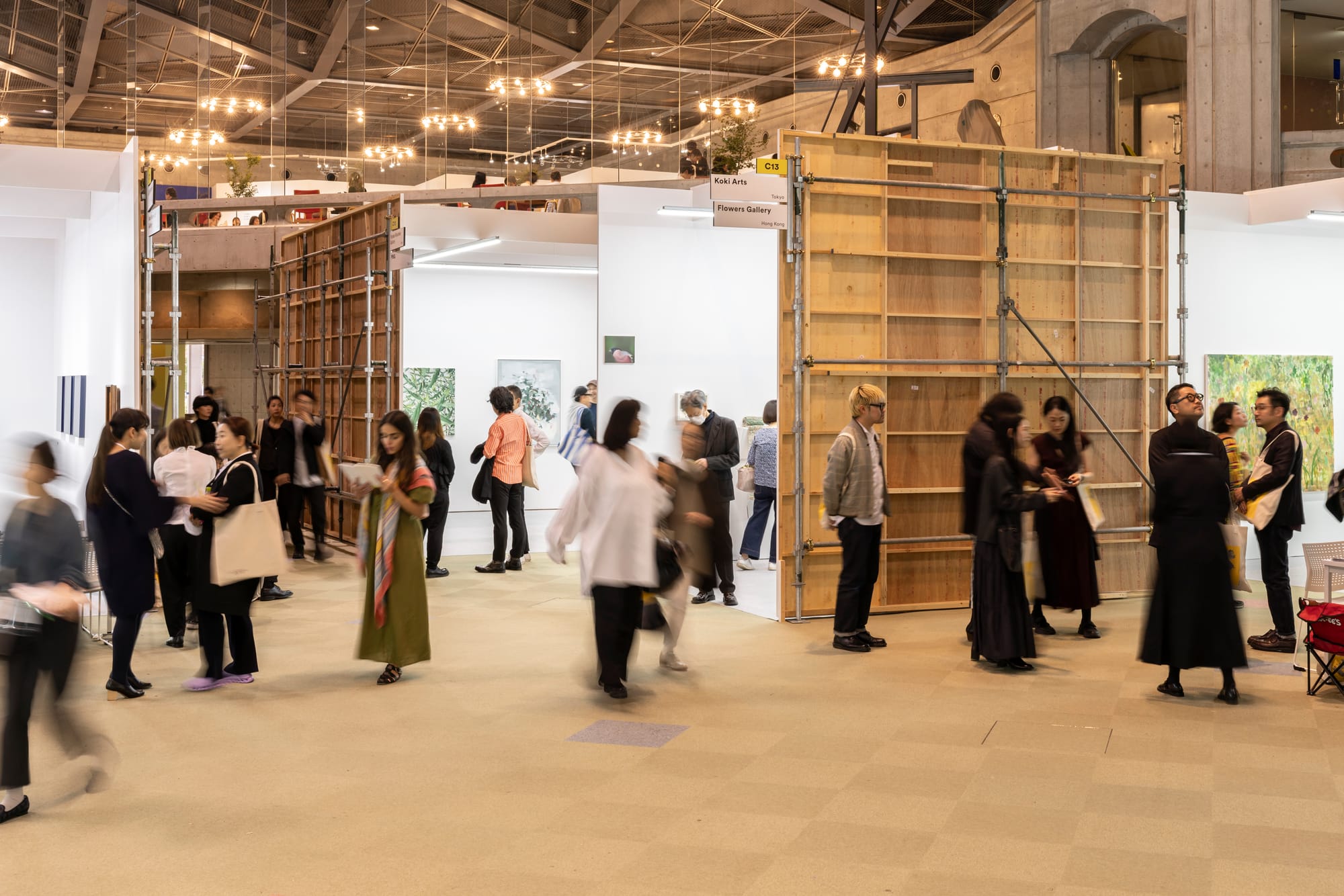
Kyoto Meetings: Art Rooted in Place
For art lovers seeking a deeper connection to Kyoto, “Kyoto Meetings” delivered beautifully. This segment showcased works inspired by the city’s rich, layered history, with galleries presenting pieces that honored Kyoto’s unique heritage while embracing modernity. Neugerriemschneider (Berlin) exhibited Andreas Eriksson’s paintings in dialogue with the natural landscape at the historic Murin-an villa—a setting that enhanced the work’s contemplative quality. Meanwhile, Perrotin’s showcase explored themes of mythology and transformation through powerful pieces by Johan Creten and Izumi Kato. The pairing of Eriksson’s work in a garden setting with contemporary gallery installations felt almost sacred, a powerful reminder of Kyoto’s commitment to bridging its storied past with bold new expressions.
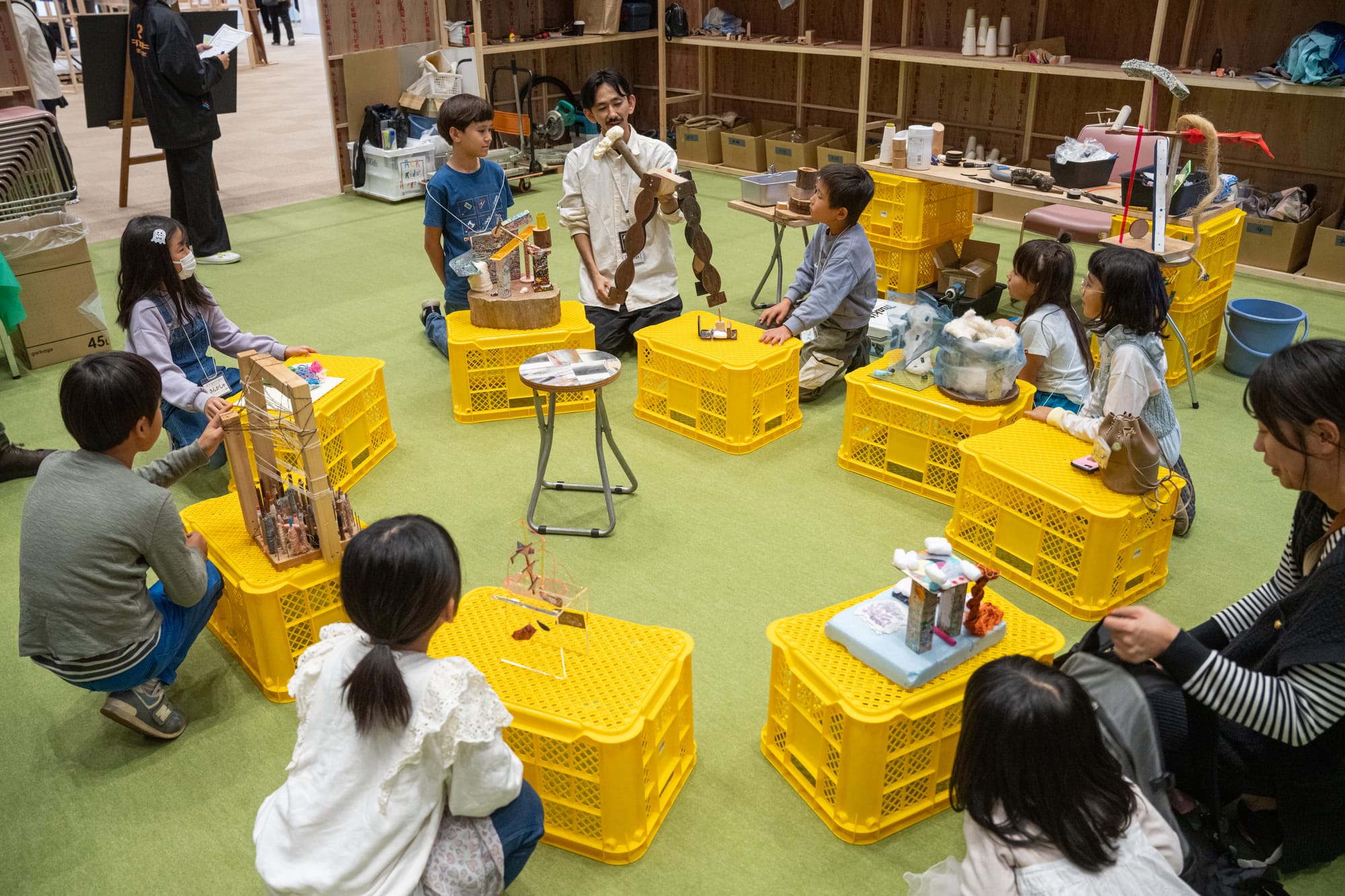
Expanding Horizons: ACK’s Commitment to Community and Future Generations
Beyond the gallery walls, ACK expanded its reach into the streets of Kyoto with its Associated Programs and introduced ACK Kids’ Programs, sparking a love for art in young minds. This inclusive approach reflects ACK’s dedication to building a vibrant art community that bridges both local and global audiences.
A highlight of this commitment was the Public Program, curated by Hong Kong’s Arts Collective, which centered around the thought-provoking theme, “Resilience–for your own happiness.” This exhibition invited introspection on themes of impermanence and movement in our rapidly changing world, featuring powerful contributions from renowned artists like Naiza Khan and Tomás Saraceno.
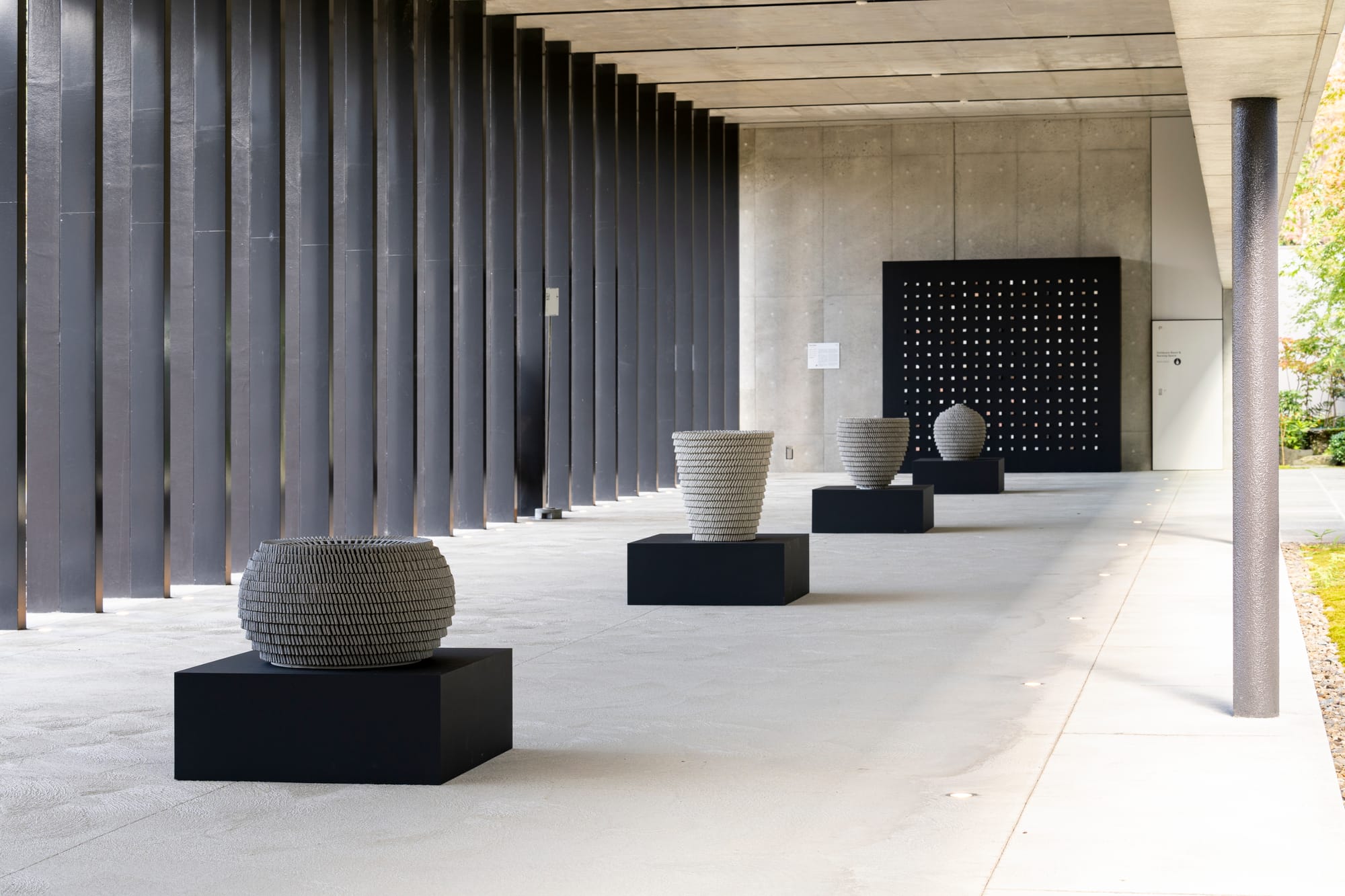
A Platform for Growth: Visionaries on ACK’s Unique Approach
A strong sense of camaraderie permeated the fair, reflecting ACK’s commitment to collaboration over competition. Yukako Yamashita, ACK’s Program Director, expressed pride in how the fair has helped Kyoto’s art ecosystem flourish, attracting international recognition while deepening local engagement. “The fair has established itself as a platform contributing to a sustainable and healthy art market,” she shared, emphasizing ACK’s dedication to cultivating a collaborative culture.
David Juda of Annely Juda Fine Art echoed this sentiment, sharing, “Visitors were particularly excited about Raku and drawings by Malevich, resulting in successful sales. We leave Kyoto very happy.” Likewise, Monica Manzutto of kurimanzutto appreciated ACK as “a fantastic platform to connect with a diverse range of collectors and art enthusiasts, forging exciting new opportunities.”
For newcomers, ACK was not just a venue but an invaluable learning experience. Masahiro Maki of MAKI Gallery commended the fair’s high standards, noting that exposure to international styles and engaging talks made it “one of the highest-quality art fairs in Japan.”
"Art Collaboration Kyoto has crafted a new model for art fairs, one where collaboration takes precedence over competition. It’s not just about showcasing art; it’s about building bridges between local and international galleries, creating a platform where cultural exchange and growth happen organically. ACK’s impact on Kyoto’s art scene is profound, setting a standard for art fairs that resonate well beyond Japan."
— Panu Syrjämäki, Editor of Art Walkway
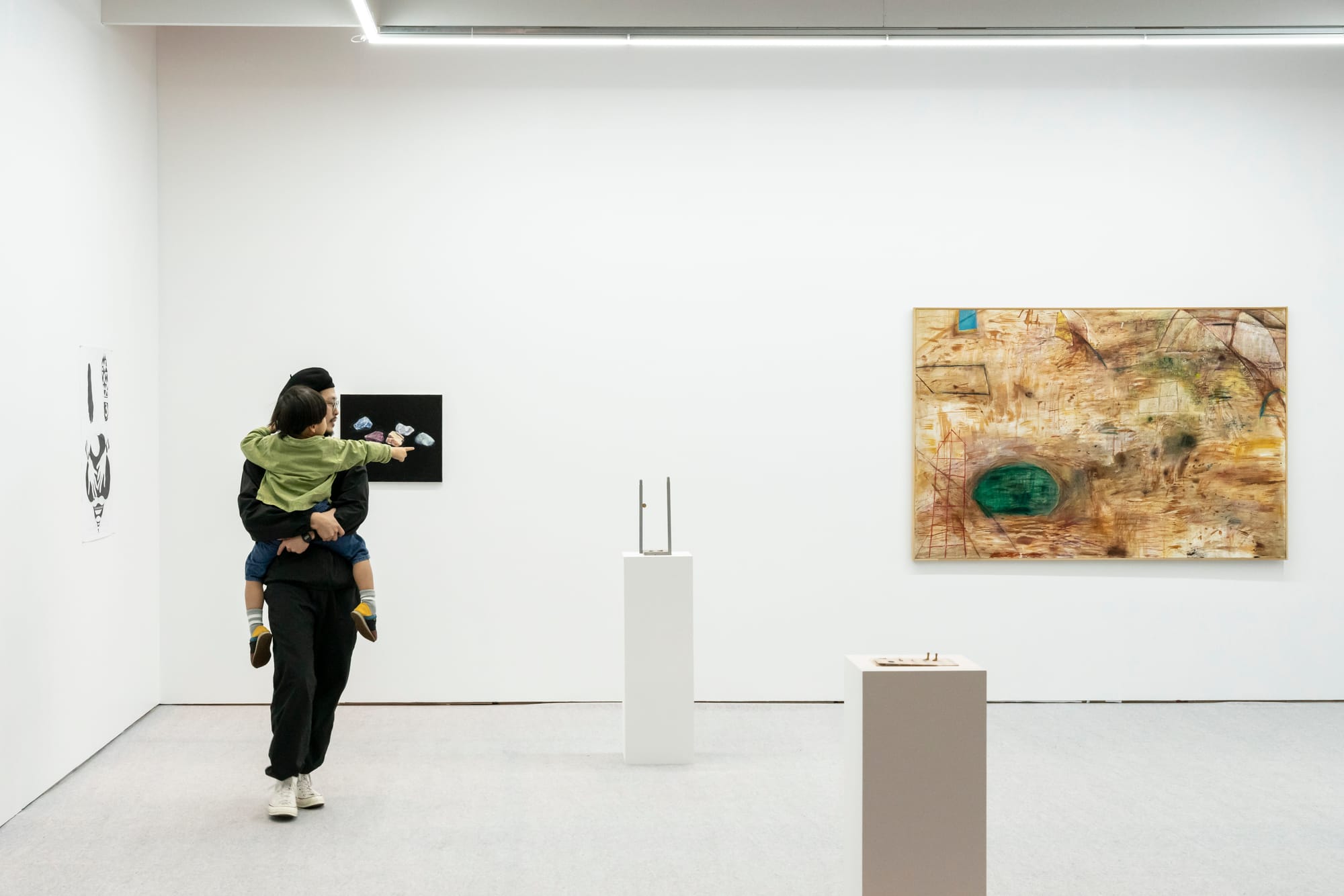
ACK 2024: A Promising Path Forward
As the fair concluded, participants shared a unified sentiment: ACK is more than a celebration of art—it’s a bold reimagining of what an art fair can be. Through ACK Talks, featuring industry leaders like Tadashi Kawamata and René Redzepi, the fair delved into thought-provoking themes of resilience and recovery, enriching its intellectual depth. In homage to Kyoto’s cultural roots, ACK’s Special Programs included collaborations with esteemed partners such as Mitsubishi UFJ Financial Group and Takashimaya Company.
With the 2025 edition already on the horizon, one question lingers: Can Art Collaboration Kyoto continue to push the boundaries of what art fairs can achieve? If this year’s edition is any indication, ACK is not only carving out a unique space in the art world but setting a new standard—one that values quality, collaboration, and immersive cultural experiences. It’s a fair that doesn’t just present art; it draws you into a world where tradition and innovation walk hand in hand, capturing Kyoto’s spirit and carrying it confidently into the future.
ART Walkway News


